
Cherry Blossom Season in Japan
March 31, 2018
March 1, 2018
When I think of Hanoi now (sitting at the airport, waiting for the flight to my next destination), the first thing that comes to my mind is how crazy its traffic is. Not just a bit chaotic, and heavy, and loud, and dangerous, and causing horrible pollution – crazy. I thought I had seen cities with crazy traffic before (Bangkok and Phnom Penh stand out), but Hanoi is in a class of its own. It seems like everyone and their grandmother has a scooter. Plus, of course, there are cars, buses, vans, trucks, bicycles, rickshaws. Everyone drives the way that suits them, completely regardless of traffic laws. The big vehicles like cars and buses will sometimes stop at a red traffic light, but the scooters will almost always drive through a red light if it looks safe to them. According to this article, there are 5 million scooters in Hanoi and the city council has decided to ban them by 2030. That seems like an impossible task to me, but who knows – maybe if we go back in 12 years, Hanoi will be a completely different city.
In any case, in nowadays’ Hanoi, crossing the street as a pedestrian is a highly risky undertaking. No one stops to let you pass. In the best case, they drive around you. In the worst… well, let’s not think about the worse case. So Daniel and I developed a system in order to survive crossing busy streets: we always tried to cross moving slowly and, most importantly, predictably, so that the drivers could foresee our trajectory and drive around us. If we had a 1.5 liter water bottle with us, Daniel would swing it forward and backward as he was crossing, to create a safety bubble around us – we figured the scooter drivers would not want to drive into a swinging water bottle that would most likely have knocked them off their scooter.
Sounds extreme? All’s fair in love and war crossing the street in Hanoi.
Here are some photos of typical streets in the city, and of some of its more peaceful parts.

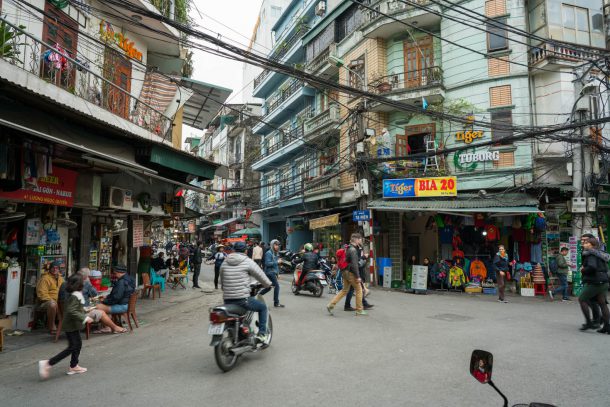
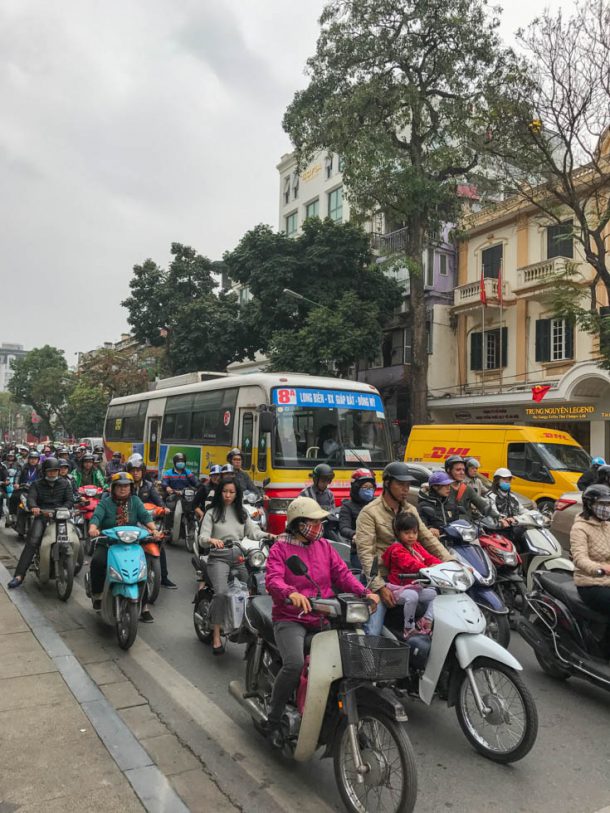
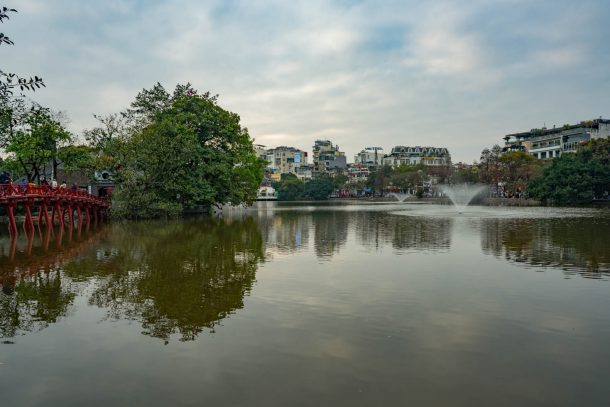
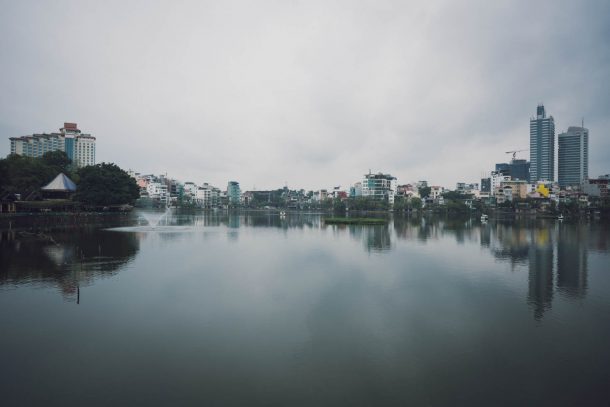
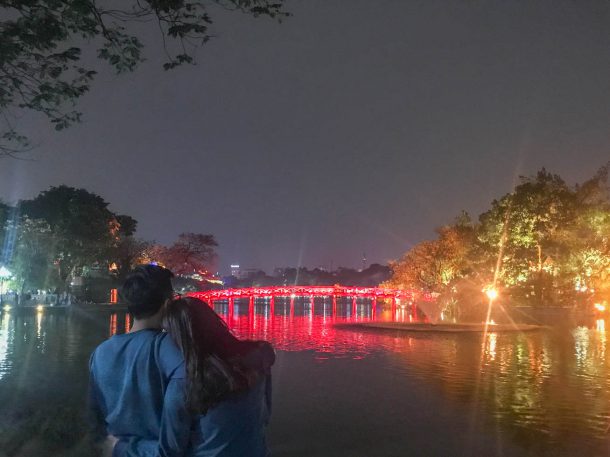
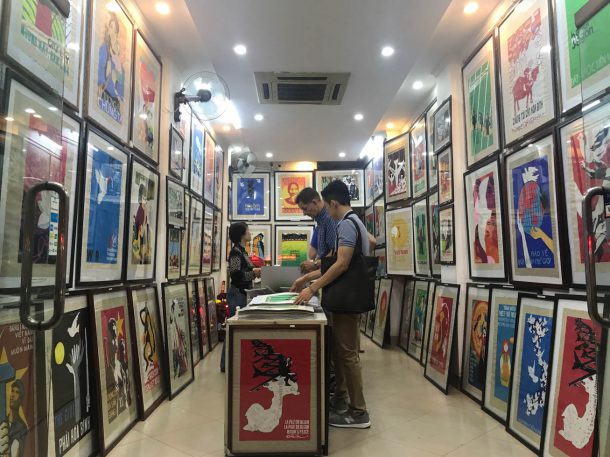
As opposed to other southeast Asian countries that we visited recently, Vietnam is not predominantly Buddhist, and that’s evident in the temples here. About 30% of Vietnamese people are irreligious, 45% practice the Vietnamese folk religion (which comprises various indigenous religions), and 15% are Buddhists. Temples are dedicated to various deities, and sometimes to historic figures which are now worshipped as saints. People also worship their ancestors, and most families have an altar in their home dedicated to them. What all temple altars have in common though, regardless of the figure that is being worshipped, is that they are filled with offerings to the deity: fruit, money, rice, candy, and drinks.
Here are the temples and pagodas that we visited.
Bach Ma Temple:
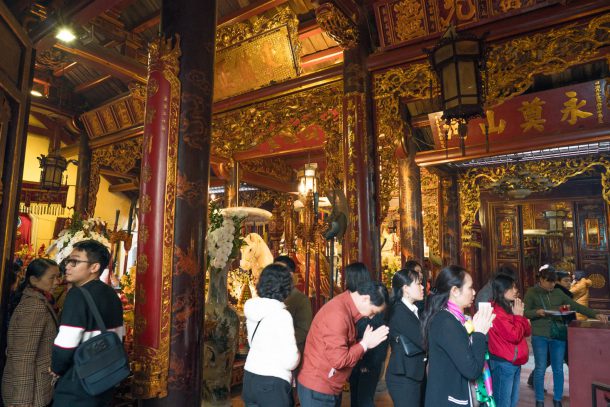
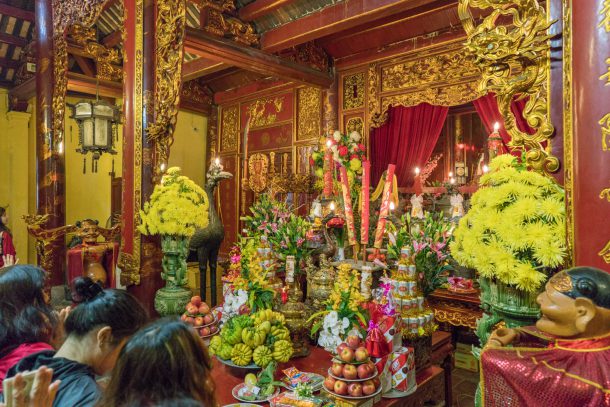
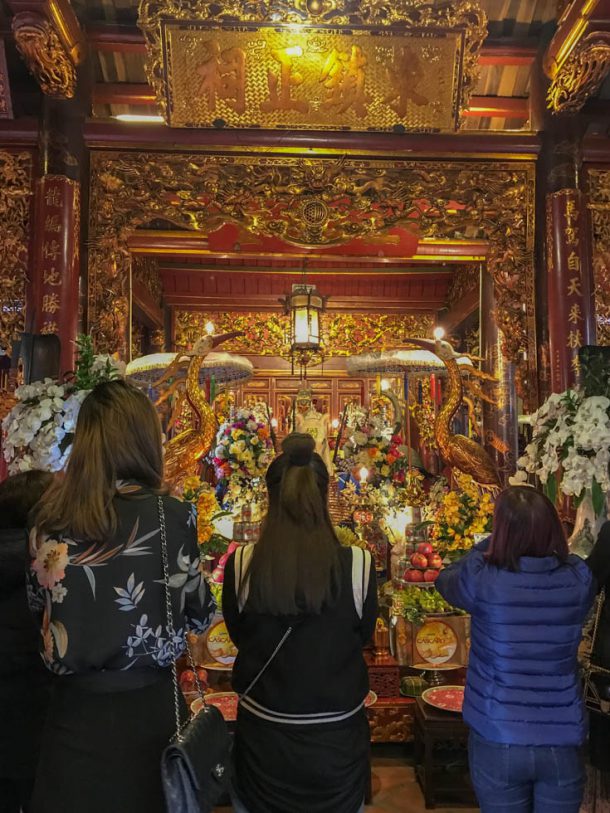
Ngoc Son Temple:
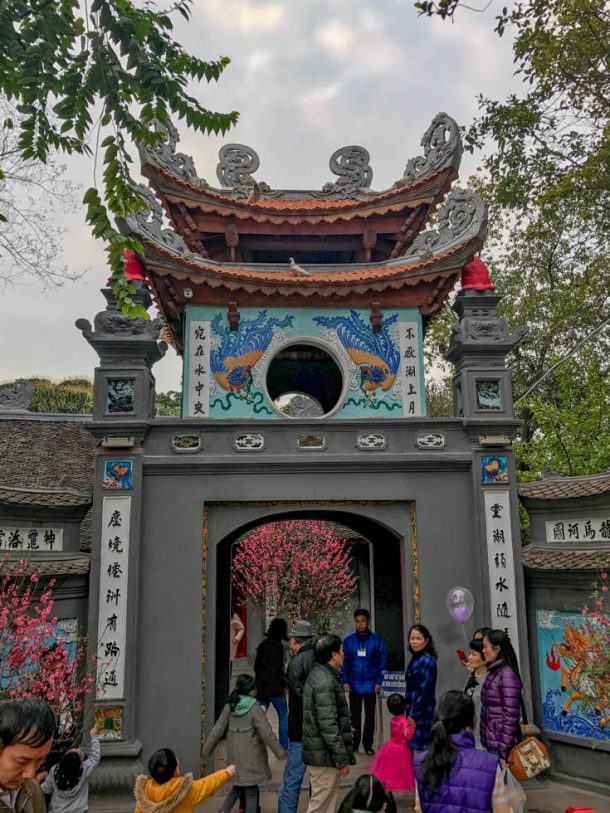
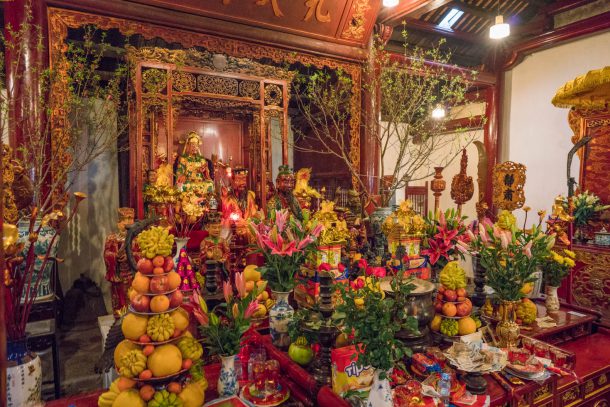
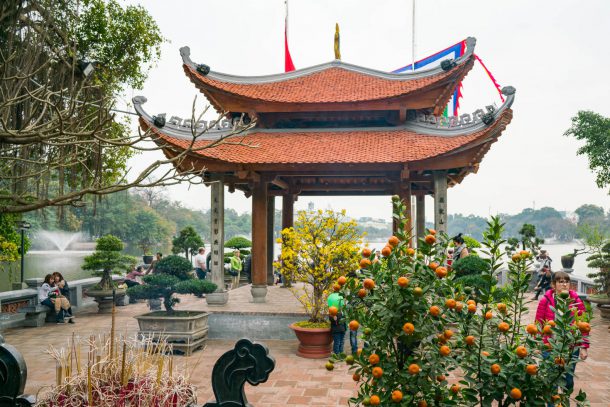
Tran Quoc Pagoda:

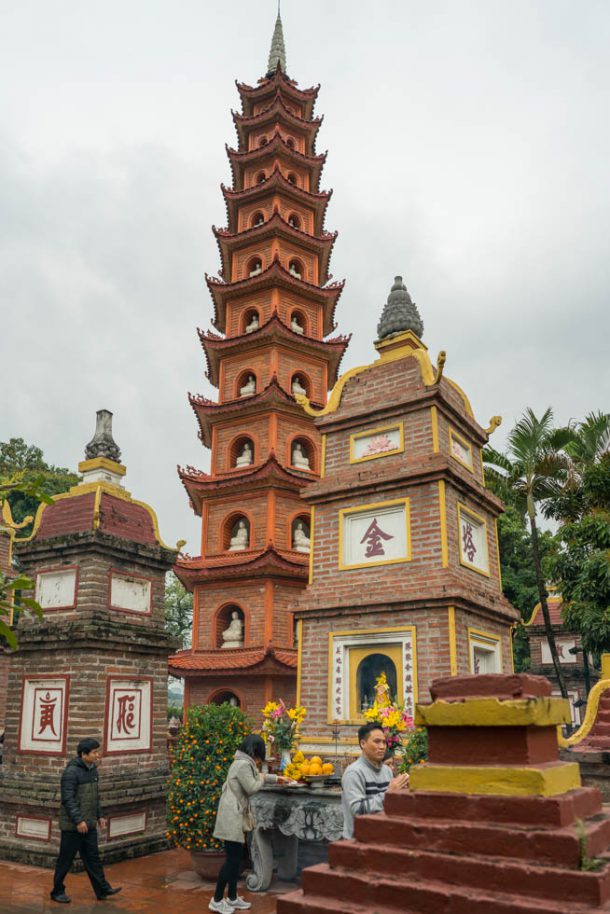
The Temple of Literature (dedicated to Confucius), which is actually a complex of buildings and contains Vietnam’s first national university:
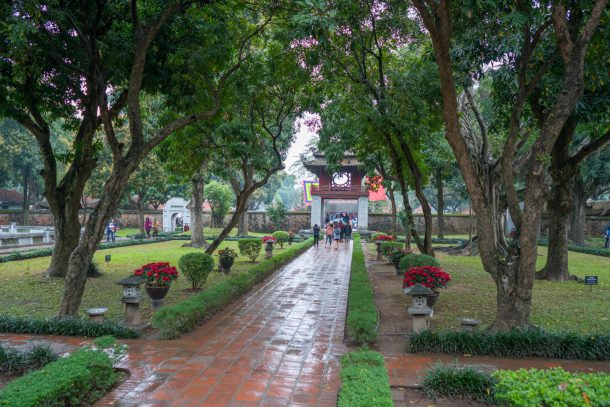
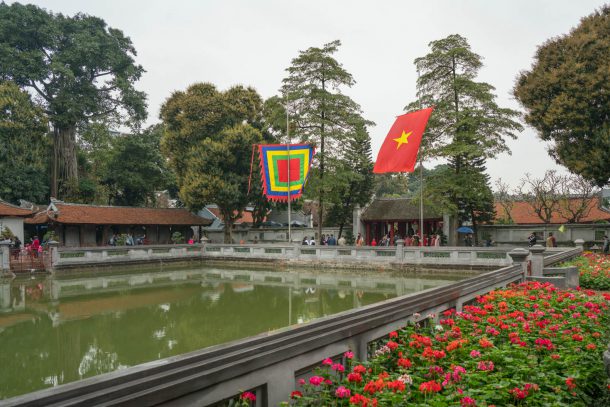
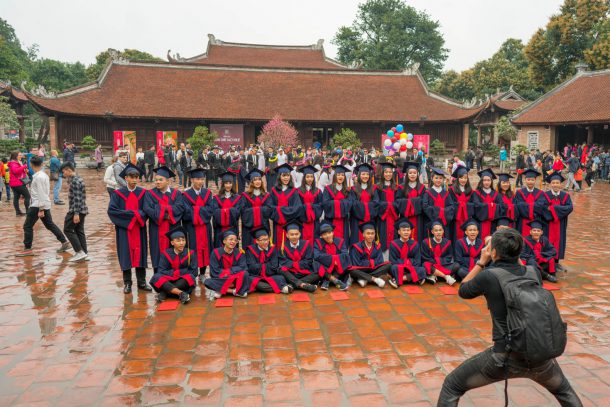
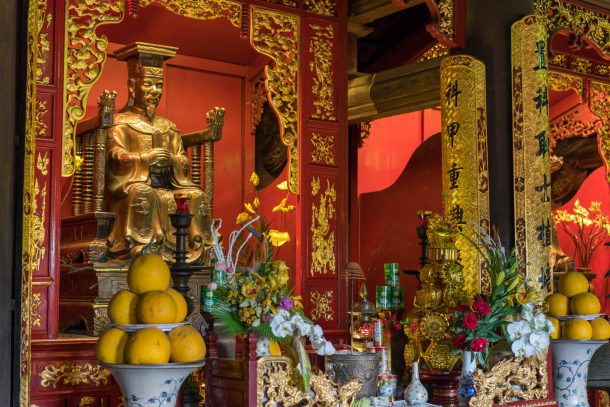
This prison, now turned museum, used to hold Vietnamese prisoners during the French occupation of Vietnam. After the country gained independence from France and the war with the US started, captured US soldiers (most of them pilots) were kept here. While the explanations in the museum are highly subjective and written in a strong propagandistic style, the visit does teach you a bit about a piece of world history.
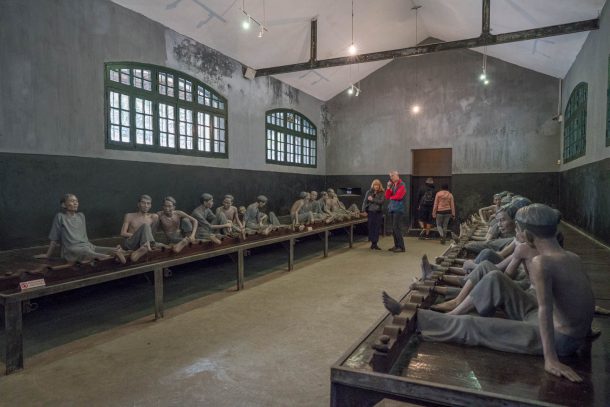
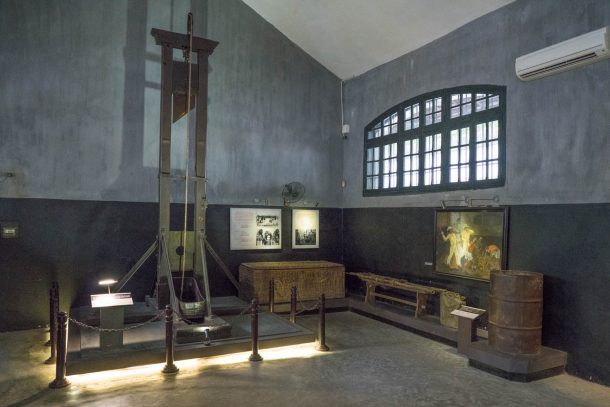
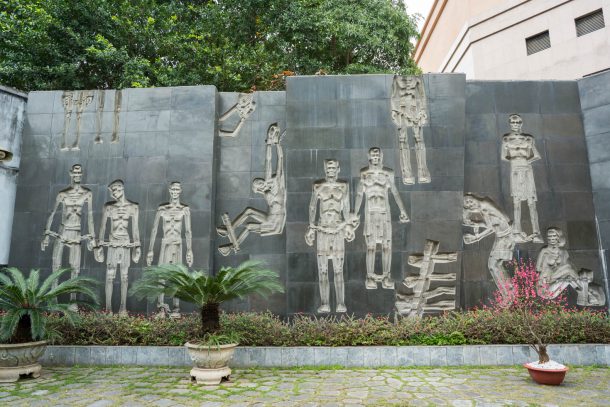
This lovely museum is dedicated to Vietnamese women of all walks of life and it was for me a fascinating look into the lives of Vietnamese women of different social status, from different ethnic groups, and in different periods of Vietnamese history. The sections of the museum focus on the traditional women’s role in the family (with subsections dedicated to marriage rituals, pregnancy, child bearing and rearing, cooking and cultivating rice), on the role some women played in Vietnamese history, and finally on women’s fashion. I found the museum and explanations, including the audio guide, quite well done.
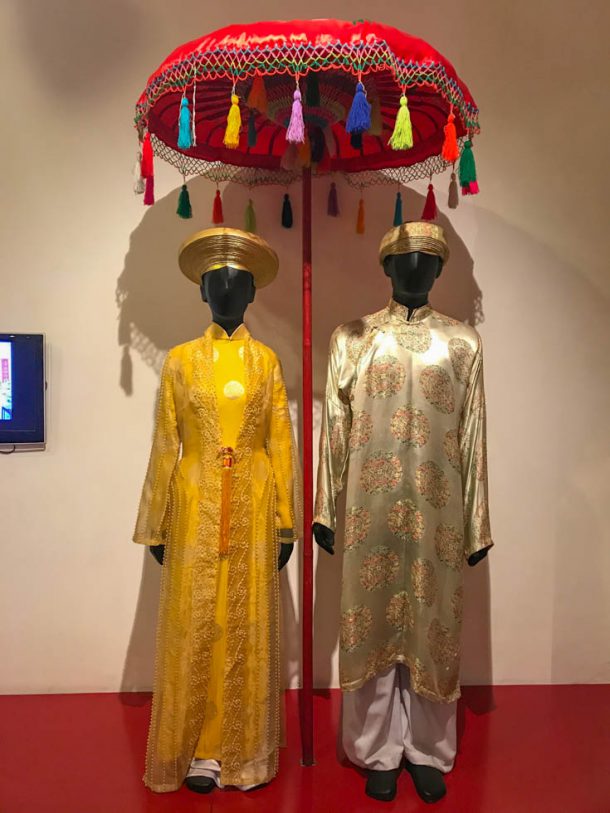
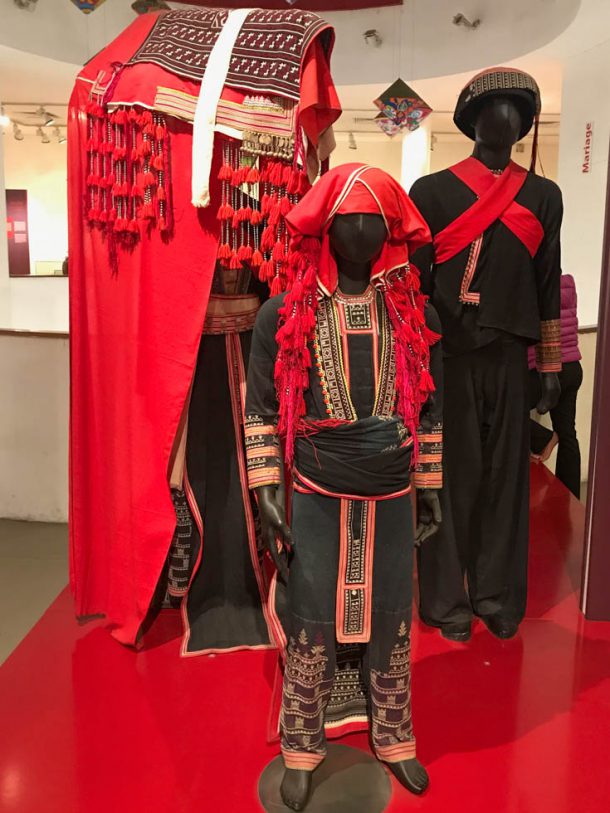
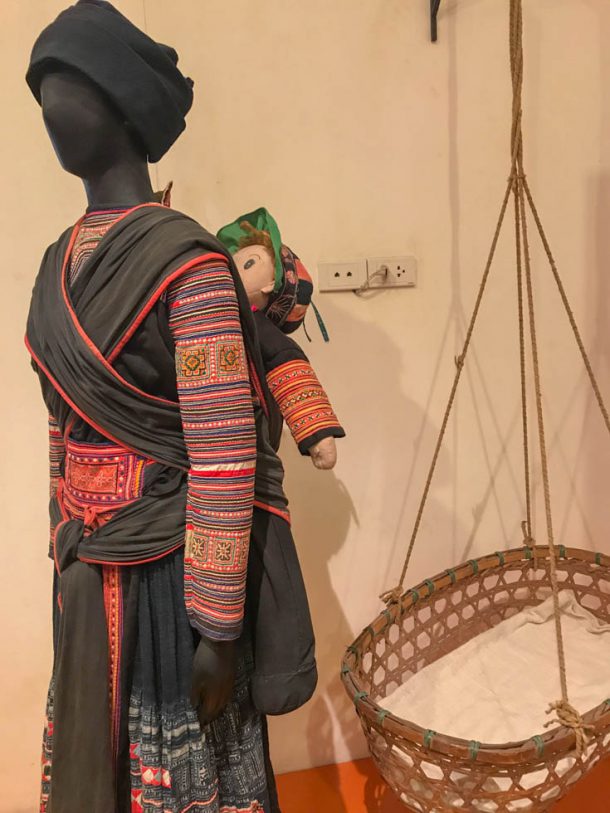


Highs:


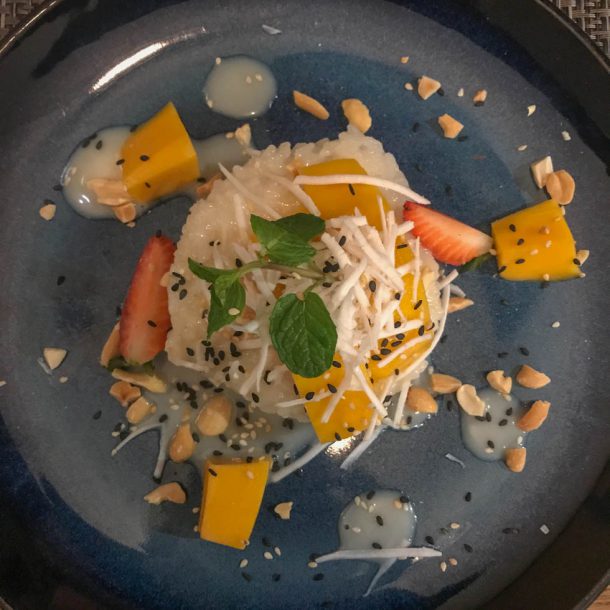
Lows:
I’m flying now south to the old city of Hoi An, which has received so much praise from travel guides and friends who have been there, that my expectations are sky high. While I’m travelling to Hoi An, Daniel is starting a 4-day trek here in Vietnam through jungles and caves. We’ll meet up again after he finishes the trek.
Leave a reply